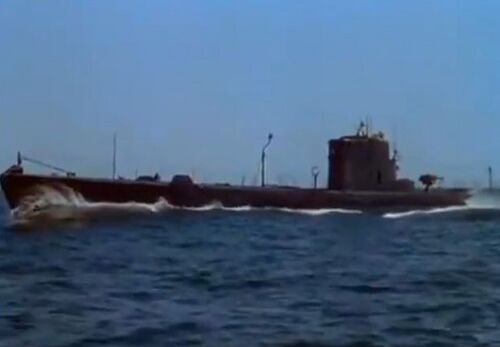Mackerel Class
Design and Construction Notes
Hart's efforts resulted in two 800 ton boats being inserted into the Fiscal Year 1939 appropriations. They were essentially improved, but slightly smaller, versions of the earlier Cachalot. Unfortunately for Hart's program, the opening of hostilities and the shocking early Japanese victories immediately swept away any thought of building more of the smaller patrol submarines. The Navy had committed itself to the long-range fleet boat concept and history has proven that to be a wise choice. Mackerel (built at EB) and the very similar Marlin (Portsmouth) were well designed and built and in general were successful boats. They remained stateside for the entirety of the war conducting valuable yet somewhat unglamorous training missions and anti U-boat patrols. If the Mackerel class had been started earlier and built in reasonably large numbers they would have made fine replacements for the obsolete (by 1941 standards) S-boats. See this table for their specifications.
Both boats would have starring roles in the 1943 20th Century Fox movie Crash Dive.Mackerel (SS-204)

Marlin (SS-205)

Page created by:
Ric Hedman & David Johnston
1999 - 2023 - PigBoats.COM©
Mountlake Terrace, WA, Norfolk, VA
webmaster at pigboats dot com
